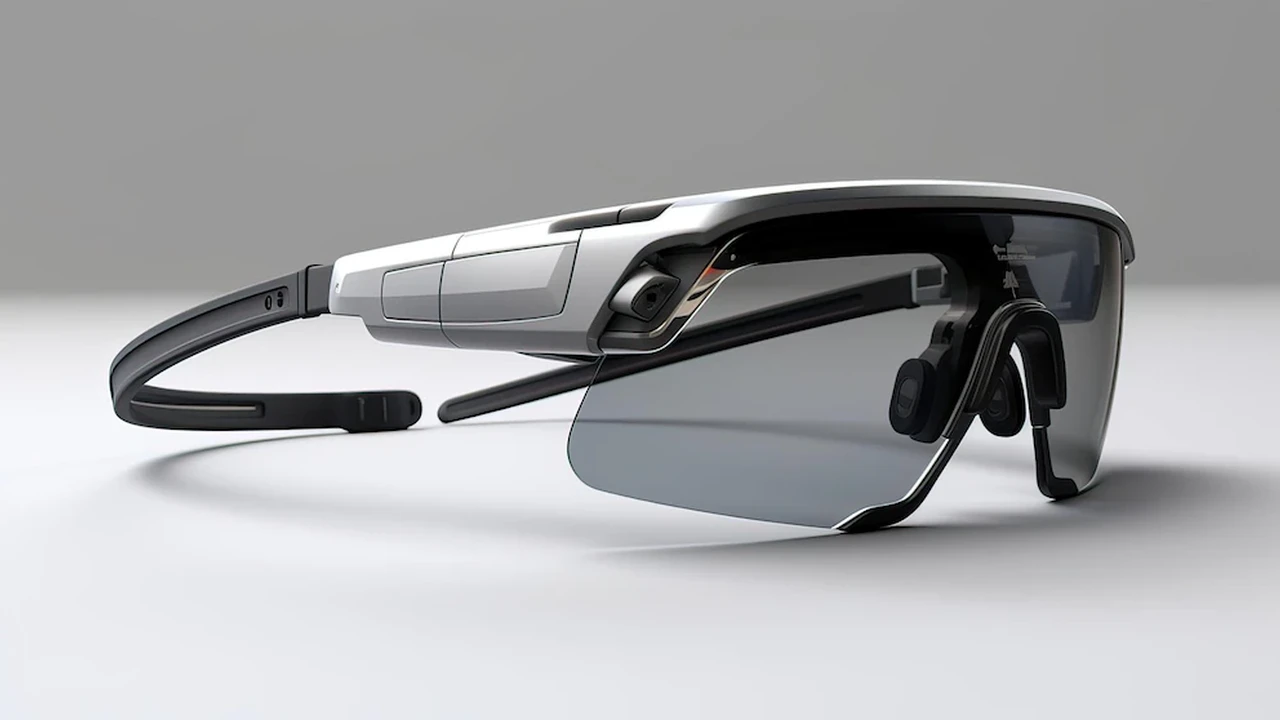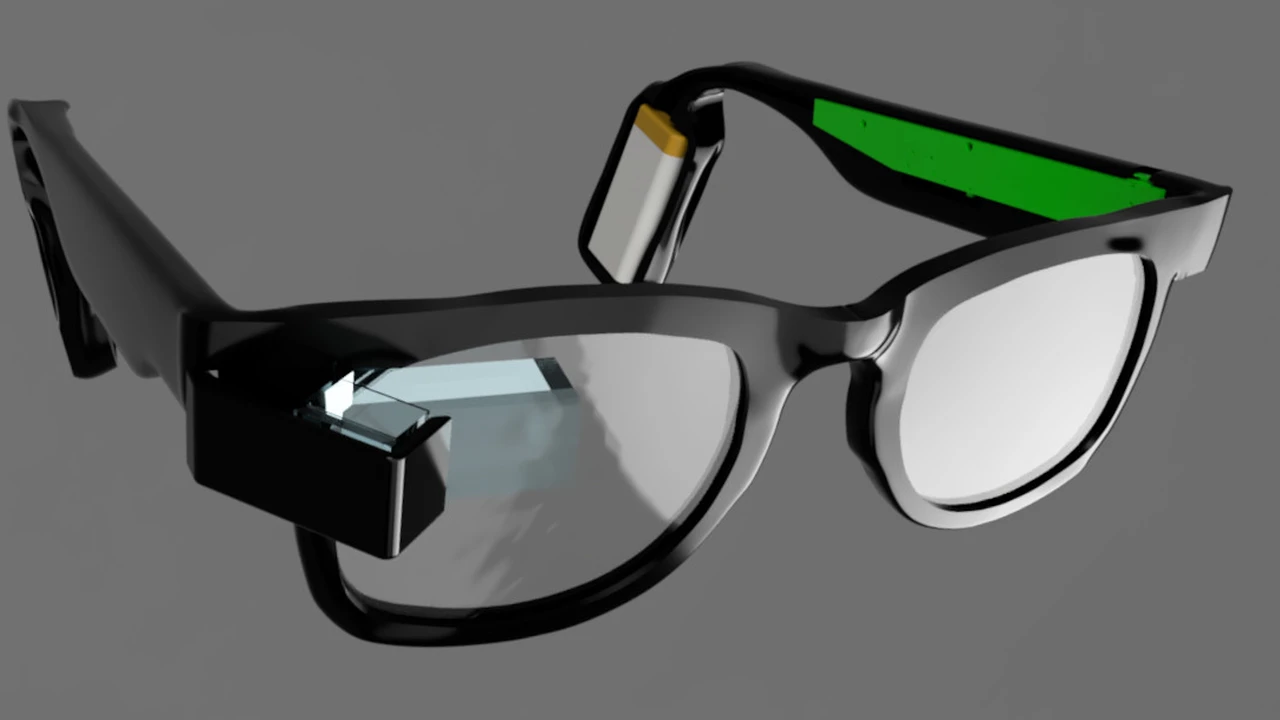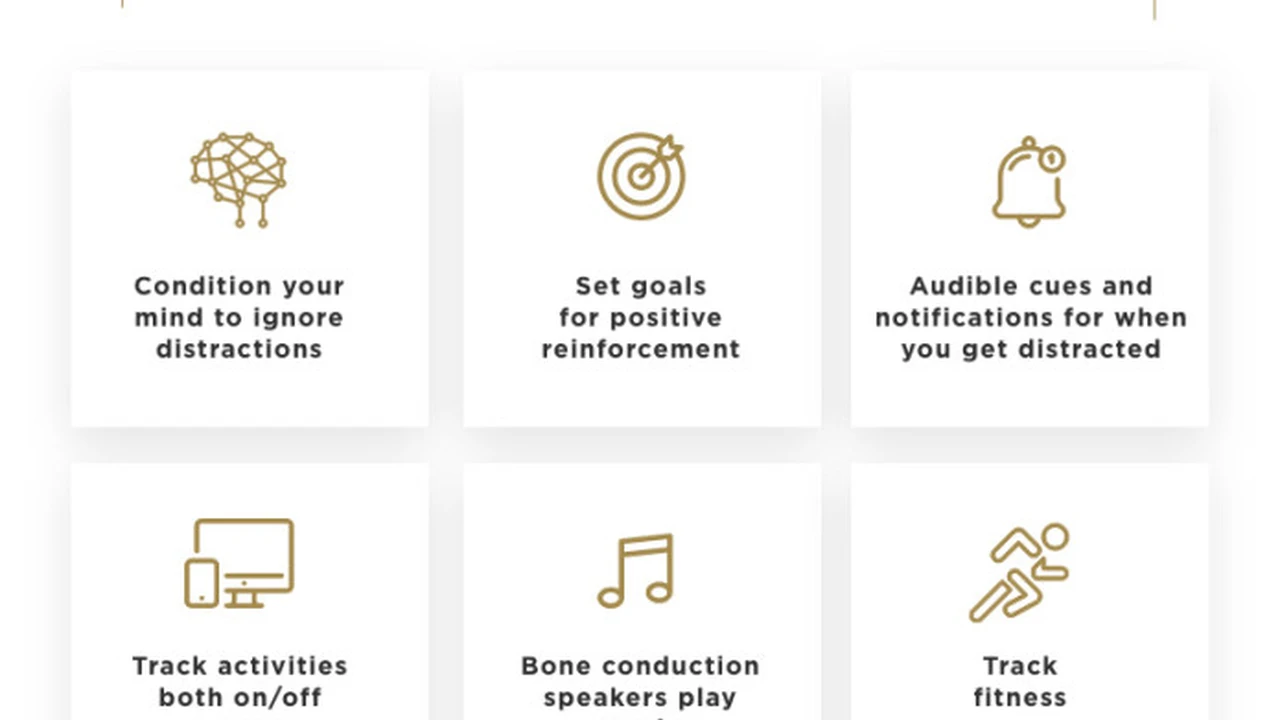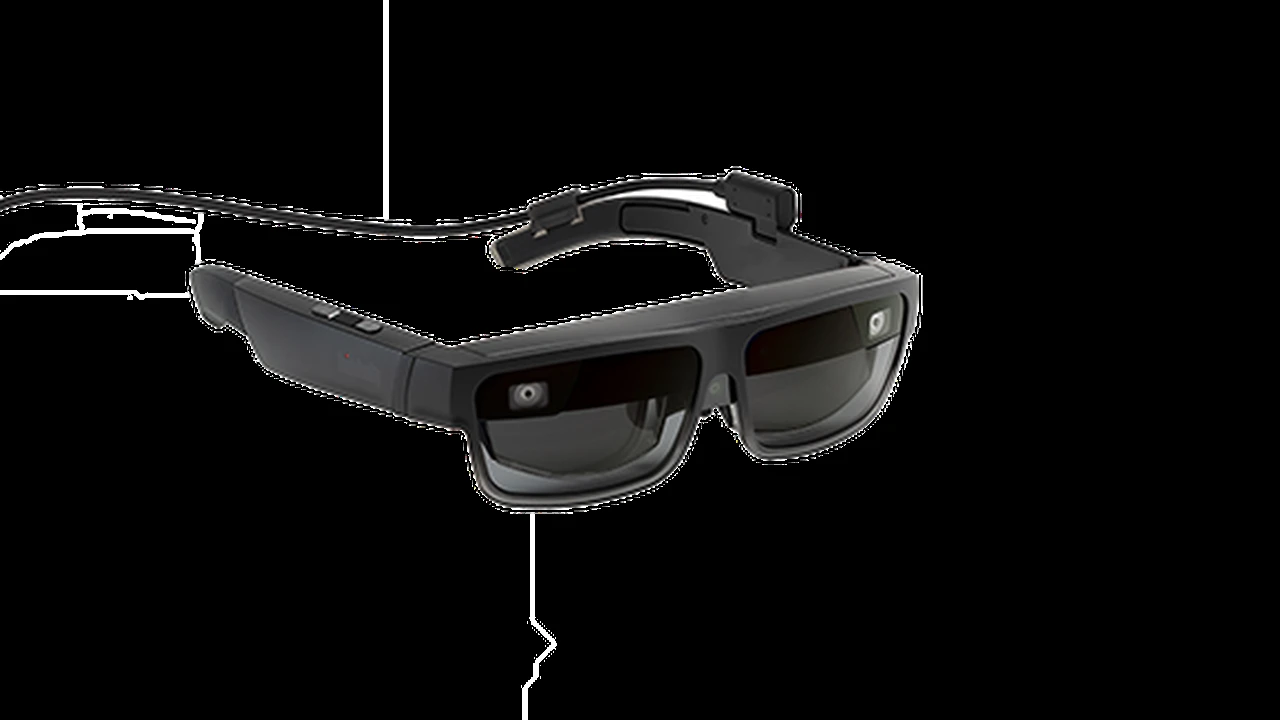Google Glass Enterprise Edition 2 Review For Business Use
A detailed review of Google Glass Enterprise Edition 2, focusing on its applications and benefits for businesses.
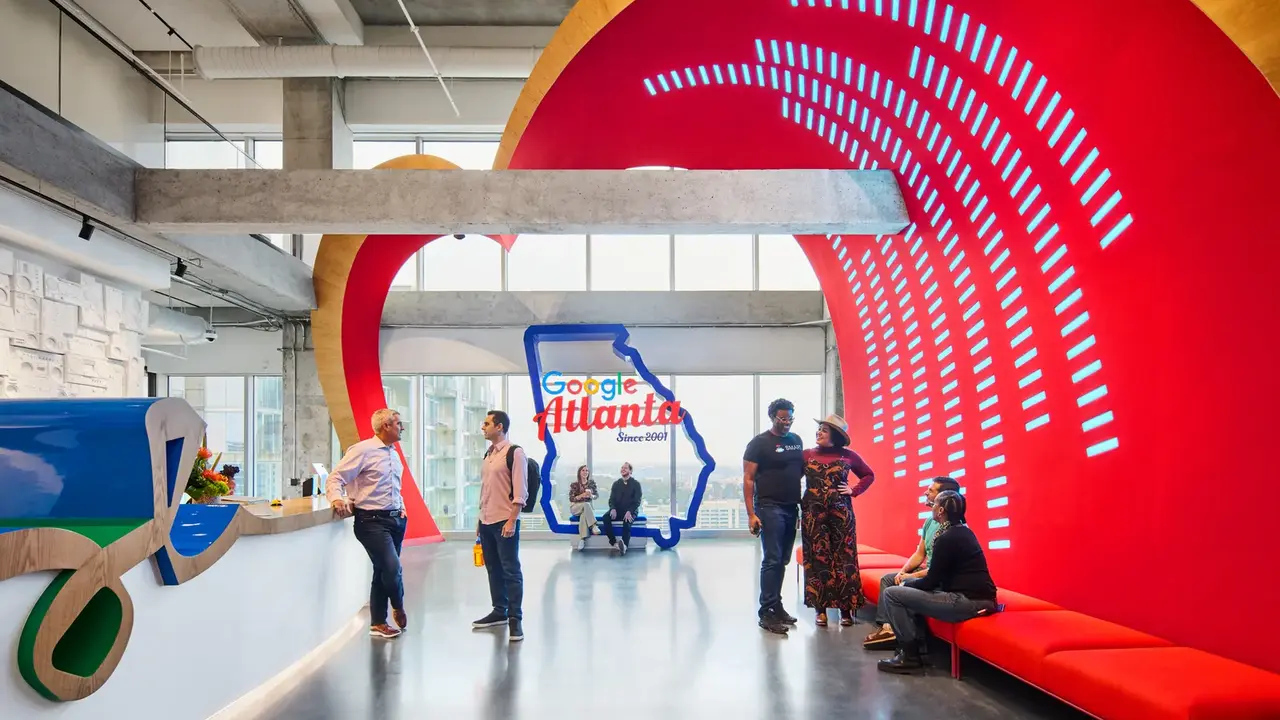
Google Glass Enterprise Edition 2 Review For Business Use
Understanding Google Glass Enterprise Edition 2 for Professional Environments
When we talk about smart glasses in a professional setting, Google Glass Enterprise Edition 2 (EE2) often comes up. It's not the consumer gadget you might remember from years ago; this is a purpose-built tool designed to boost productivity and efficiency in various industries. Think of it as a wearable computer that keeps your hands free, allowing workers to access information, capture data, and communicate without breaking their workflow. This review dives deep into what makes EE2 a valuable asset for businesses, exploring its features, use cases, and how it stacks up against other enterprise-grade smart glasses.
Key Features and Specifications of Google Glass EE2 for Business Operations
Google Glass EE2 is packed with features tailored for industrial and professional use. At its core, it runs on Android, making it familiar for developers and easy to integrate with existing enterprise systems. It boasts a Qualcomm Snapdragon XR1 processor, which provides significant performance improvements over its predecessor, allowing for more complex applications and smoother operation. The device features an 8-megapixel camera capable of 1080p video recording, crucial for remote assistance and documentation. The display is a small, transparent prism that projects information into the user's field of vision, designed to be unobtrusive while still providing critical data. It also includes improved Wi-Fi and Bluetooth connectivity for reliable communication and data transfer. The battery life is also enhanced, offering extended use throughout a typical workday, which is a major plus for continuous operations.
Real World Applications and Use Cases of Google Glass EE2 in Industry
Google Glass EE2 shines in scenarios where hands-free access to information is paramount. Let's look at some specific industries and how they leverage this technology:
Manufacturing and Assembly with Google Glass EE2
In manufacturing, EE2 can display assembly instructions, schematics, and quality control checklists directly in the worker's line of sight. This reduces errors, speeds up training for new employees, and improves overall efficiency. For example, a technician assembling a complex piece of machinery can follow step-by-step visual guides without having to constantly look down at a tablet or paper manual. This not only saves time but also minimizes the risk of mistakes, leading to higher quality products.
Field Service and Remote Assistance with Google Glass EE2
For field service technicians, EE2 is a game-changer. They can connect with remote experts who can see exactly what the technician sees through the EE2's camera. This allows for real-time guidance, troubleshooting, and problem-solving, even in complex situations. Imagine a technician repairing a specialized piece of equipment in a remote location; instead of waiting for an expert to travel, they can get immediate visual assistance, drastically reducing downtime and travel costs. Companies like AGCO, a global agricultural machinery manufacturer, have successfully implemented EE2 for remote assistance, seeing significant improvements in first-time fix rates.
Logistics and Warehousing Efficiency with Google Glass EE2
In warehouses, EE2 can optimize picking and packing processes. Workers can receive picking lists and navigation instructions directly on their display, guiding them to the correct locations and items. This eliminates the need for handheld scanners or paper lists, freeing up their hands and improving accuracy. DHL, for instance, has piloted smart glasses, including Google Glass, in their warehouses to enhance order picking, reporting substantial increases in efficiency and accuracy.
Healthcare and Medical Training with Google Glass EE2
While not as widespread as in manufacturing, EE2 has potential in healthcare for training and certain procedures. Surgeons could potentially access patient data or anatomical models during operations, or medical students could observe complex procedures from a first-person perspective. Remote consultations and telemedicine could also benefit from the hands-free video capabilities.
Comparing Google Glass EE2 with Other Enterprise Smart Glasses Solutions
The enterprise smart glasses market has grown, and Google Glass EE2 isn't the only player. Here's how it compares to some notable competitors:
Google Glass EE2 vs Vuzix Smart Glasses for Business
Vuzix offers a range of enterprise smart glasses, such as the Vuzix M400 and M4000. Vuzix glasses often boast rugged designs, making them suitable for harsh industrial environments. They also offer a wider field of view in some models compared to EE2's prism display. Vuzix has a strong focus on industrial applications and a robust ecosystem of software partners. EE2's strength lies in its Google ecosystem integration and the familiarity of the Android platform for developers. Pricing for Vuzix models can vary, but they are generally in a similar range to EE2, often starting around $1,500 - $2,000 depending on the model and features.
Google Glass EE2 vs Microsoft HoloLens 2 for Enterprise AR
Microsoft HoloLens 2 is a mixed reality headset, a step beyond augmented reality. It offers a much wider field of view and more immersive holographic experiences. HoloLens 2 is designed for complex 3D interactions and collaborative mixed reality environments, making it ideal for design, engineering, and advanced training simulations. However, it's also significantly more expensive (around $3,500) and bulkier than EE2. EE2 is better suited for simpler information overlay and remote assistance where a lightweight, less intrusive device is preferred.
Google Glass EE2 vs RealWear HMT-1 for Industrial Use
RealWear HMT-1 is another strong contender in the industrial smart glasses space, known for its ultra-rugged design, voice-controlled interface, and suitability for noisy environments. It's designed to be worn with hard hats and safety glasses, making it ideal for heavy industry. While EE2 offers voice control, RealWear's is often cited as more robust for challenging conditions. RealWear devices are also generally in the $2,000 - $2,500 price range. EE2 offers a more traditional Android interface and a slightly more discreet form factor, which might be preferred in less extreme environments.
Pricing and Availability of Google Glass Enterprise Edition 2 for Companies
Google Glass Enterprise Edition 2 is not sold directly to consumers. It's primarily available through Google's network of solution providers and partners who develop and deploy custom applications for businesses. The price for a single unit typically hovers around $999. However, the total cost for a business implementation will include software development, integration with existing systems, training, and ongoing support. Therefore, the overall investment can vary significantly depending on the scale and complexity of the deployment. It's crucial for businesses to work with a certified partner to ensure a successful implementation and maximize the return on investment.
The Future Outlook and Evolution of Google Glass in Business
Google continues to support and evolve the Enterprise Edition of Glass. While it might not grab headlines like consumer tech, its steady presence in industrial settings speaks to its utility. Future iterations will likely see further improvements in processing power, battery life, and potentially more advanced display technologies. The focus will remain on practical applications that deliver tangible benefits to businesses, rather than chasing consumer trends. As augmented reality technology matures and becomes more integrated into enterprise workflows, Google Glass EE2 and its successors are poised to play a significant role in the digital transformation of various industries. The emphasis will be on seamless integration, intuitive user experiences, and robust performance in demanding professional environments. Expect to see more specialized applications and deeper integration with AI and cloud services to further enhance its capabilities for the workforce.
:max_bytes(150000):strip_icc()/277019-baked-pork-chops-with-cream-of-mushroom-soup-DDMFS-beauty-4x3-BG-7505-5762b731cf30447d9cbbbbbf387beafa.jpg)



